Don't look to the arduino designs as examples of stellar electrical engineering.
However, there can be a legitimate case for doing this. This part contains 4 resistors. If it was already there for another reason, especially if several more of them are used on the same board, then using two of the resistors that would otherwise go unused in parallel to make a 500 Ω resistor is a reasonable thing to do.
It can often save more money overall to use fewer different parts, than a smaller number of total parts but more different ones. For cheap parts like resistors, the dominant cost is not the price of the part, but the cost of purchasing, stocking, setting up the pick and place machine, etc.
